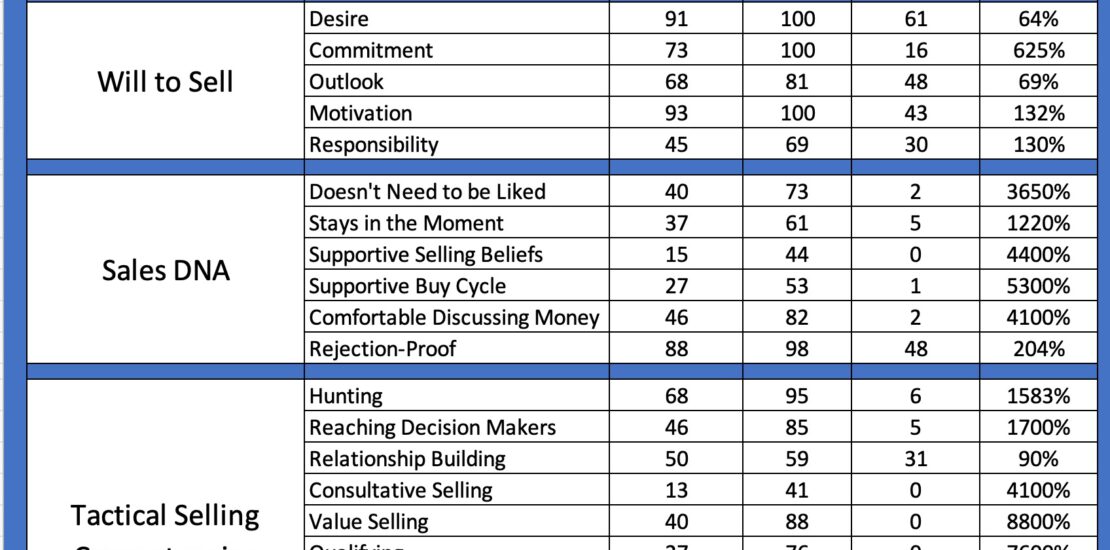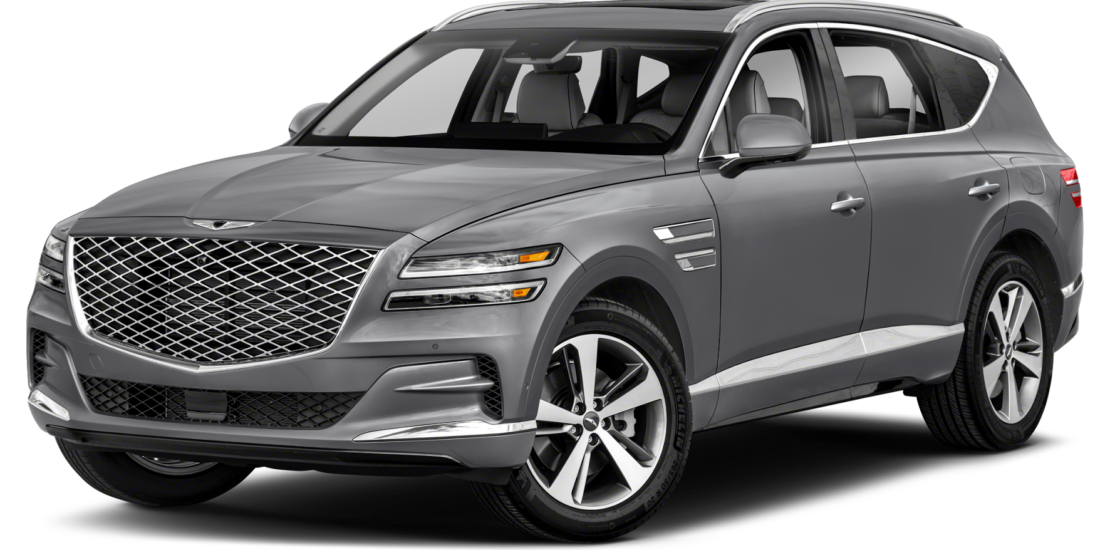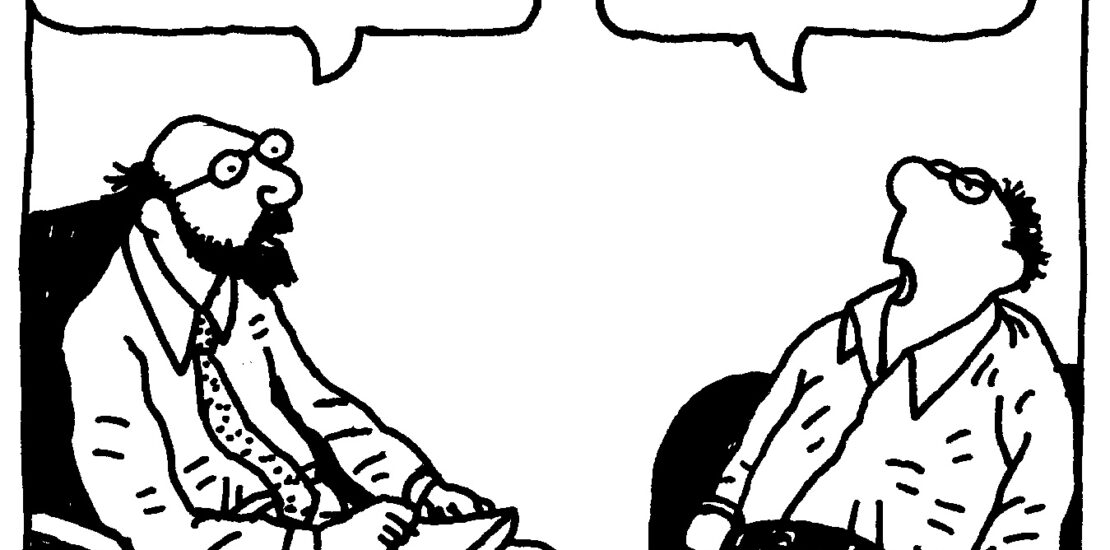comparison of top salespeople
-
Movie Contrasts the Best and Worst Salespeople
- November 14, 2023
- Posted by: Dave Kurlan
- Category: Understanding the Sales Force

We watched GameStop: Rise of the Players and despite it being a documentary, found it to be quite entertaining. It was David versus Goliath. It was Amateur versus Professional. It was about an improbable outcome accomplished by people who were unlikely to succeed and even more unlikely to win the big payoff.
While I thought it had a lot in common with selling, the twelve central figures:
Were not professional investors although they did invest in GameStop.
Were not skilled traders although they did conduct some research.
Did not trade as a full-time job or hobby.
Were making decisions based on hunches, not history or science.
Found in each other kindred souls with a shared passion for GameStop.The five statements above suggest that skills, attributes, competencies and capabilities were NOT part of their success so what could this possibly have in common with selling?
-
Can My Car Uncover Sales Qualification Criteria Better Than Most Salespeople?
- August 8, 2022
- Posted by: Dave Kurlan
- Category: Understanding the Sales Force

Wouldn’t it be great if salespeople had the equivalent of two camera intelligence to see what they don’t know they need to see?
-
HBR or OMG – Whose Criteria Really Differentiate the Top and Bottom 10% of Salespeople?
- August 22, 2016
- Posted by: Dave Kurlan
- Category: Understanding the Sales Force

In their June 20, 2016 article, A Portrait of the Overperforming Salesperson, HBR identified several traits, attitudes and actions that they claim differentiate the top from bottom performers. I’ll summarize it for you below and then explain why I believe it is junk. The findings include:
-
Ultimate Comparison of Top Salespeople versus Salespeople That Fail
- December 8, 2009
- Posted by: Dave Kurlan
- Category: Understanding the Sales Force
If you’ve been following this Blog you know I sometimes refer to the elite 5% of salespeople, the next 20% and the bottom 74%. After reading Super Freakonomics I was moved to take a new look at our data on the more than 400,000 salespeople we have assessed. Behavioral scientists would look at our data on the top 5% and report on some common findings. It might look like this:

